In was during the 1970s that the science of geology was revolutionized by the theory of Plate Tectonics, the idea that the surface of the Earth was cut up into a number of plates that moved relative to each other. As those plates slide past, or butt up against each other mountains rise, volcanoes erupt and earthquakes are generated. There are even places where one plate slides over another causing a ‘subduction zone’ where the deepest parts of the oceans occur. The theory of plate tectonics explains so much of what we see in the rocks around us that it is central to the entire study of geology.

Central perhaps but like most theories plate tectonics is incomplete, there are still some details to be worked out and geologists around the world have been kept busy trying to understand exactly how plate tectonics works. This week’s post is about two such studies.
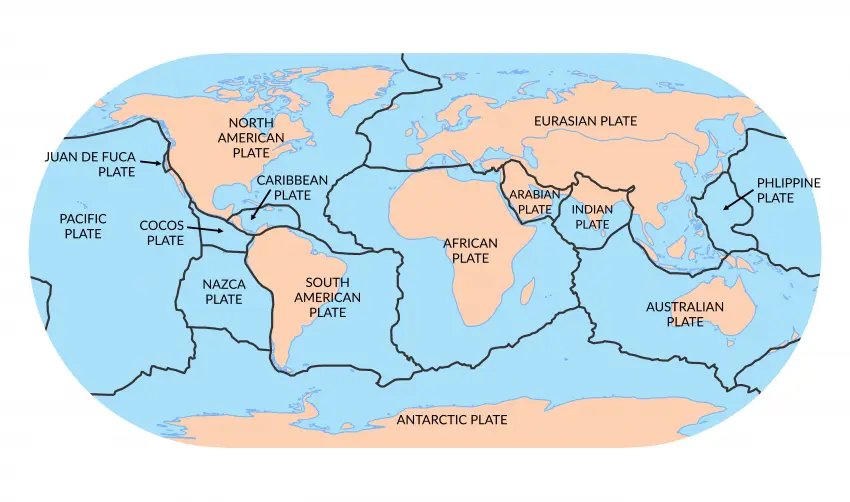
The first study deals with those subduction zones and how they are generated. The study comes from the Instituto Dom Luiz at the University of Lisbon Portugal along with the supercomputer at the Johannes Gutenberg University in Germany. And, like many scientific studies nowadays, this one uses a computer model to analyze more data than any human being could ever manage to do. In fact the study would not have been possible even with the supercomputer had it not been for the recent development of a much more efficient computational code by the programmers at Johannes Gutenberg.
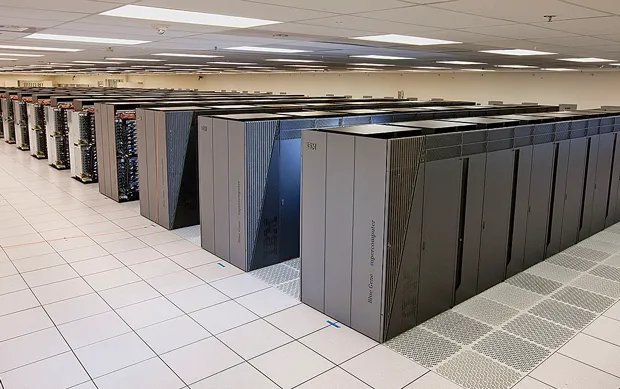
Combining the geological expertise of the University of Lisbon with the computing power of Johannes Gutenberg the program was applied to the problem of the development and evolution of subduction zones. For the first time all of the various forces at play at the interface of two plates were taken into account in order to calculate a 3D model of a of how one plate pushes another beneath it down into the Earth’s mantel.

Beginning with the many trenches that make up part of the Pacific’s ‘Ring of Fire’ the researchers found that subduction zones follow a rhythmic ebb and flow, with existing trenches slowing in their growth and then being followed by new ones near the same locations. Having used their new model to study the trenches in the Pacific the geologists now hope to apply it to other areas of the Earth like the Caribbean, the Antarctic and even the Atlantic Ocean off of Lisbon. In fact there is evidence that a new subduction zone has started in the waters just off of Portugal, one that may be the beginning of a new ‘Ring of Fire’ that could someday encircle the entire Atlantic Ocean!

Even as one group of geologists learns more about one facet of tectonic activity another, led by scientists at Trinity College in Dublin, Ireland is investigating how plate tectonics contributed to one of the most destructive volcanic events in the history of Earth. Known as the Toarcian period the event happened about 183 million years ago during the Jurassic period. At that time massive volcanic eruptions poured enormous amounts of carbon dioxide into the atmosphere and we all know what that means, global warming and environmental destruction leading to a mass extinction event.
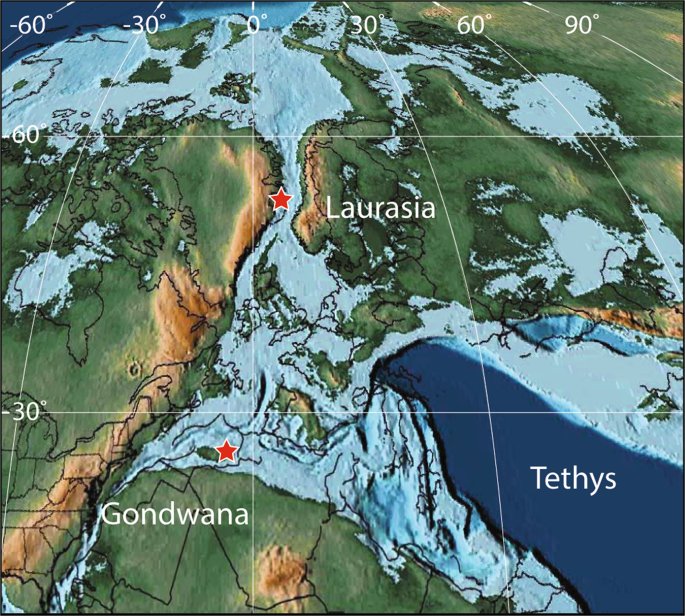
Performing a chemical analysis of samples of mudstone obtained from a 1.5 km deep borehole in Whales researchers were surprised to find that the massive upwelling of magma that triggered the Toarcian event occurred at a time when the movement of the tectonic plates had slowed almost to a stop. That evidence seemed to run counter to common sense, wouldn’t magma pushing up from the Earth’s interior lead to increased tectonic activity?
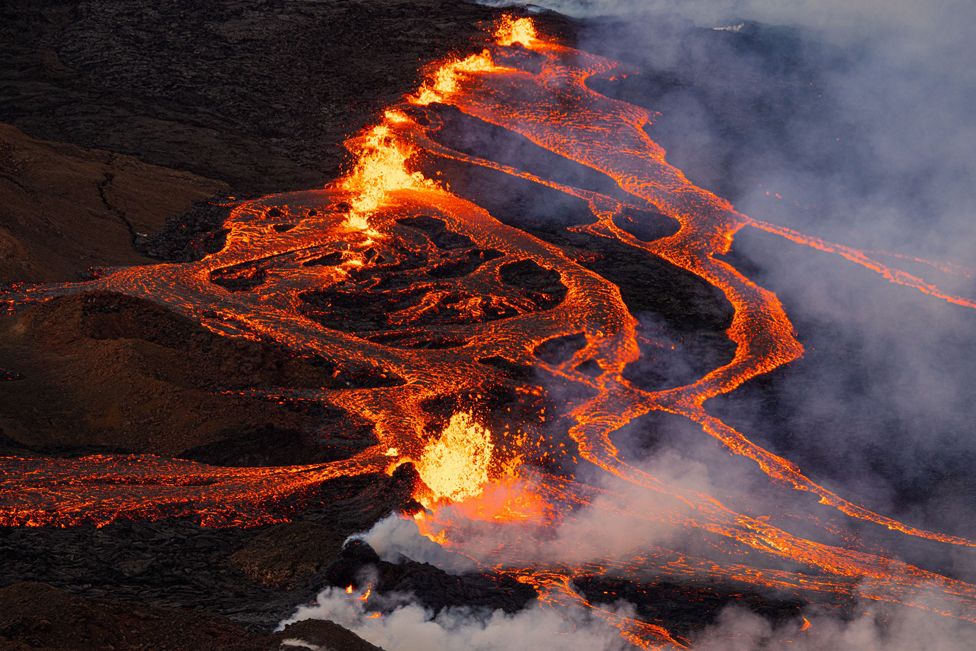
But perhaps this is one of those occasions where common sense is simply wrong. Perhaps significant tectonic activity acts as a pressure relief valve releasing energy from beneath so that the magma remains deep below the surface. If that were the case then it would be when the movement of the tectonic plates slows that the magma underneath can build up the pressure to upwell and cause destructive geological events like the Toarcian.
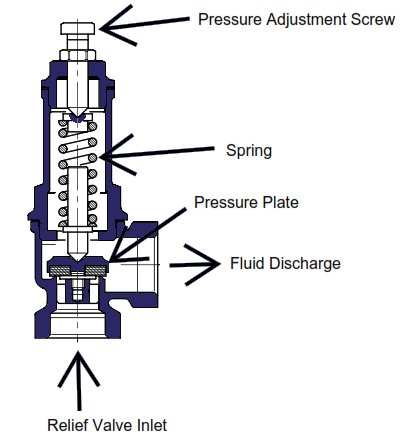
The study itself will have to be considered by other geologists but one thing is certain, our planet is a complex, very dynamic place and we still have a great deal to learn from it.
